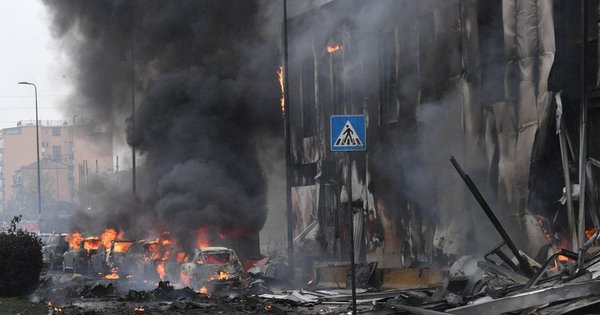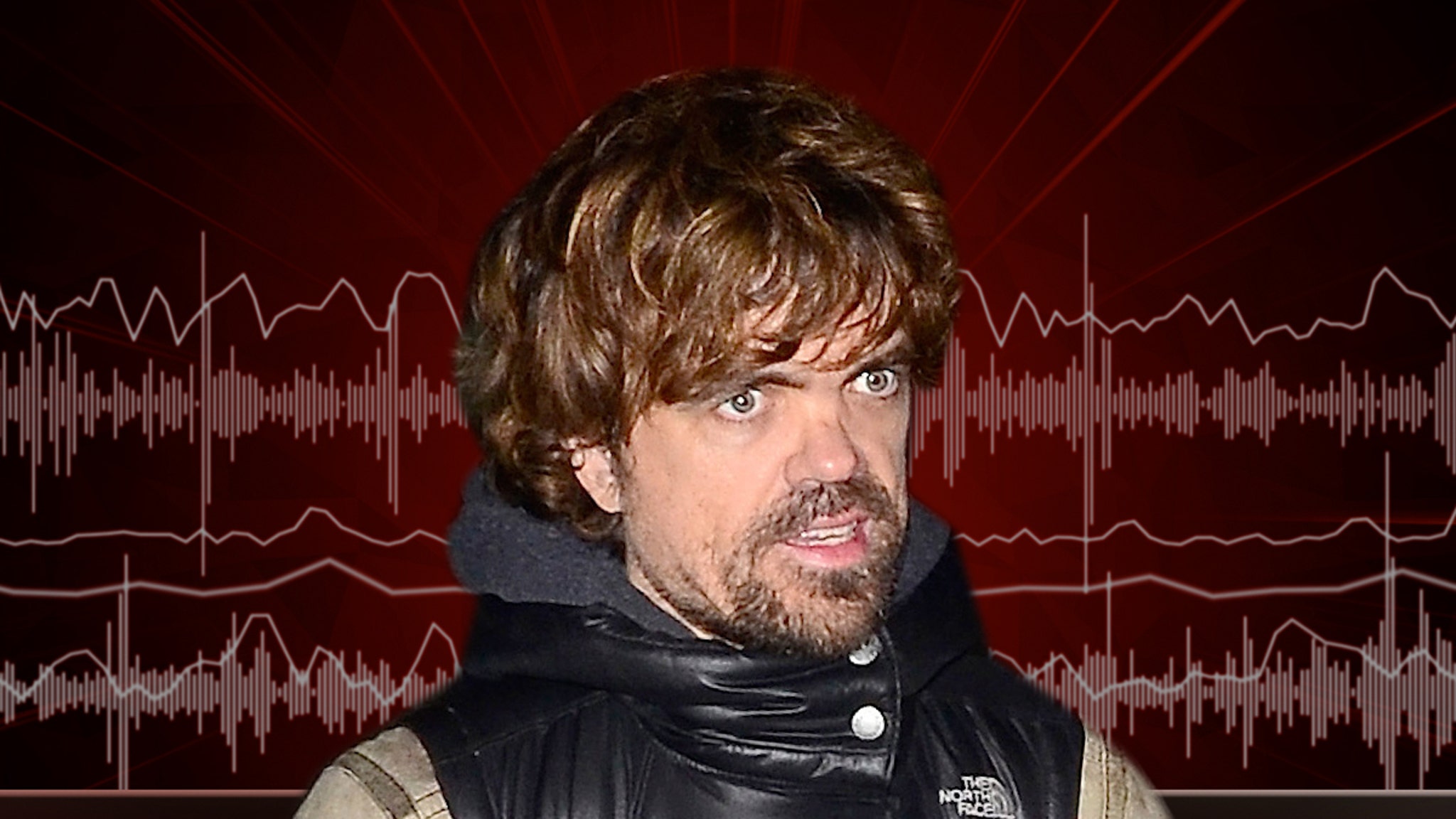An astonishing moment occurred at the apex of the horrifying violence that erupted on the steps of the U.S. Capitol on January 6th, 2021. Michael Fanone, a Washington D.C. police officer and military veteran, was yanked out from behind a police barricade and thrown down into a mob of incensed, feverish pro-Trump rioters and then viciously beaten, tasered, doused with chemical irritants, and threatened to be murdered with his own firearm. His screams of anguish and desperation had little affect on the horde, until finally he pleaded, “I have kids.” Somehow, this seemed to matter. A moment later, a small group from the mob surrounded Fanone, buffered him from the violence, and ushered him through the mayhem back to the safety of his fellow officers.
These events on the Capitol steps offer both a harbinger of the violent political unrest to come in our country and a glimpse of how we might avoid the worst and navigate back to a functioning democracy.
First, it is paramount to understand that what occurred at our Capitol that day was not an anomaly. It was an orchestrated attempt, long in the planning, that capitalized on decades of deep existential grievances, intensifying partisanship, political manipulation, and a media ecosystem that preys on outrage.
This power grab is playing out in the context of a decades-long trend of increasingly toxic political polarization that is addictive, change-resistant and making us sick. A recent poll found half of Americans experience their family as more divided than 5 years ago. Most Republicans (68%, or 97% if they trust far-right news) believe the 2020 election was stolen from Donald Trump. Today, 85% of Democrats believe the Republican party has been taken over by “racists,” while 84% of Republicans believe the Democratic party is controlled by “socialists.”
Historians like Jon Meacham see parallels today with the U.S. in the 1850s, just prior to our Civil War. Another poll this fall found 80% of Biden voters and 84% of Trump voters view elected officials from the other party as presenting a clear and present danger to American Democracy, with 41% of Biden voters and 52% of Trump voters favoring their states seceding from the Union to form their own separate country. Most concerning, 30% of Republicans (40% who trust far-right news) and 11% of Democrats say they are ready to resort to violence to save the country. That’s 40 million Americans who say they are ready to fight in a country with 400+ million guns. In fact, political violence is on the rise, armed protests are surging, and half the country believes a civil war is likely.
So, how might we begin to extinguish the partisan fervor spiking in our nation and avert the worst?
We can act. We got a glimpse of how for just a moment when the cruelty of Officer Fanone’s assailants on the Capitol steps got interrupted by a wave of momentary compassion. When the phrase “I have kids” pierced their riotous fever and awakened them to the dad and neighbor kneeling before them. When this flash of decency gave some the courage to go against their own violent mob and swim upstream against its torrent to carry him to safety.
This is our hope. When those who surround potentially violent individuals—their friends, family members, coworkers, even fellow protestors—awaken to draw a line against moral disengagement, violence and cruelty. This is the group we must engage and mobilize. A group Harvard Law Professor Bill Ury has called, The Third Side; those in a position to step in and stop the worst.
I have spent the last 25 years studying how citizens in deeply divided societies like ours escape toxic divisions and chart a better course. Pathological patterns like these typically emerge from a complex constellation of forces that align and feed each other in ways that make them unpredictable and recalcitrant. Such divisions are often perpetuated by feedback loops between our neurological, psychological, relational, informational, political, cultural, and economic structures. This means that there are no simple solutions for changing them. But they can change.
The good news is that our nation is ripe for change. Studies have shown that divided societies are likely to pivot for the better when three conditions are met.
First, when a critical mass of citizens on both sides of the divide are sufficiently miserable and fed up with the status quo. Fortunately, research has shown that roughly 86% of more moderate Americans, what the authors call our exhausted middle majority, are today done with our political acrimony and dysfunction and are seeking change. Many of these are the family, friends, and neighbors of those inclined toward violence—the Third Side.
Second, when citizens live in societies that have recently been destabilized by major shocks to their status quo, such as incidents of major political turmoil (assassinations, coup attempts, etc.), natural disasters, health crises, or dramatic changes in leadership. Significant shocks can jar people open to change and ready them to question their most basic choices and assumptions. Today, we are seeing such reexamination in the midst of the COVID-19 pandemic, with hordes of Americans reevaluating their lives, jobs and careers. This could be a time for many Third Siders to ask, “How am I cont
The third condition necessary for lasting changes in deeply conflictual societies is a clear sense of a way out. That is, our citizens need to see a hopeful alternative path away from blame and battle that is feasible and not too costly; one they can imagine themselves taking.
Here are a handful of steps, gleaned from empirical research on escaping toxic conflicts, that members of the exhausted middle majority can take to help ward off violent civil conflict and begin to find another way forward.
1) See – The Change. Studies have shown that one powerful motivator for changing course in a protracted conflict is when we see others—particularly those on the other side of the divide—finding and choosing more constructive ways to engage. For example, when an Israeli hears a Palestinian speak about how they have changed from advocating violence to working to promote peace, it can open the Israeli up to consider compromises for peace.
This is how I feel today when I see Democratic Congressman Derek Kilmer of Washington and Republican William Timmons of South Carolina who co-chair The Select Committee on the Modernization of Congress, working tirelessly together to make Congress more civil, effective, and transparent for us all. Or when I hear regular Americans taking StoryCorp’s One Small Step to cross the red/blue divide in their communities and share their stories of pain, loss and possibility. They give me hope that there is a better way through this time.
2) Stop – Regroup and Begin Again with Intention. Destabilizing times like ours can only change our more entrenched patterns if we take advantage of them by committing to a significant reset. That is, by pausing sufficiently to be intentional about the next path we choose. These are the conditions under which addicts and ex-offenders genuinely change course after hitting bottom. The same conditions that allowed war-torn societies like Costa Rica in 1948 and the Nordic Nations in 1815 to choose to end violence and build peace.
In fact, research tells us that the first moves we make in a conflict after a major reset matter most. This is due to something known as the sensitivity to initial conditions that happens when social systems regroup. These days when I find myself about to react to someone who expresses political opinions opposite to mine, I try to stop and ask myself—what is my intention here? What do I hope to see happen? Do I want to go on the attack and escalate tensions to prove I’m right? Has this been working? Or shall I try another tack? Perhaps ask them about the politics of their home growing up. Provide an opening
Taking a pause to be intentional gives me some sense of control over things that often feel uncontrollable. When political conversations begin with confrontation, with debate, they usually escalate quickly and become hard to walk back. But when they begin with an opening question, or a story of our own mishaps or experiences, they can open us all up to learning something new.
3) Spot – Positive deviance. When we find ourselves trapped in the riptide dynamics of a deeply polarized community, research suggests it is best to figure out how to work with what is already working in the situation to find a way out. That is, rather than trying to fix the problem with some new idea or program, first find the bright spots – the people or programs that are already working effectively to mend the divide.
Fortunately, today, there are thousands of bridge-building groups across our country that fit this bill. Many are focused on facilitating community dialogues across the red-blue divide. These groups represent the immune systems of our communities actively fighting against the pathologies of hate and vilification and working to grow and mobilize the moderate middle. For example, check out the Bridging Divides Initiative. If you go to their website, they offer you an interactive map of over 7000 groups already doing this work across the nation.
4) Simplify – After You Complicate Your Life. Research shows that when humans face challenging conflicts we tend to prematurely simplify them. In fact, we seem to have an innate tendency to oversimplify the m ore complex conflicts we face, resulting in dichotomous, us-them thinking. This just gets worse under conditions of uncertainty and threat and is often used against us by cynical politicians to divide and control us. However, there is much that you can do to become less susceptible to the seduction of certainty, oversimplification and vilification of those on the other side. It involves intentionally complicating your life.
From more purposefully choosing what to read, watch, and listen to, to joining groups and teams with others who differ from you politically, increasing complexity in how you think, feel, live and act helps. One thing I do is to actively think with different people. That is, when significant political events are first reported in the news, I intentionally choose to hear from intelligent, decent, well-meaning people across the divide. No, I don’t tune into the nut jobs in the media who spout nonsense and conspiracy theories. Rather, I have identified a few highly informed people I tend to disagree with and try to think with them. Gaining more nuanced and informed points-of-view on complex challenges simply leads to making better choices. Sound research supports this.
5) Synchronize – Move forward together. Finally, if agonizing, antagonizing conflicts leave you feeling trapped and confined in an us-v-them world, then you might consider movement as a remedy. Neuroscience research has found that our more central attitudes and opinions often come to be embodied in neural structures in our brains. But it also finds that physical movement can help us to break free of narrow, engrained patterns of thinking, feeling and behaving.
In fact, movement has been found to be particularly conducive to increasing key aspects of good conflict engagement, like creativity, flexibility and positivity. And moving together—side-by-side and ideally outside—has shown great promise for connecting disputants and helping to synchronize them in ways that promote more empathy, rapport, and flexibility. I try to do this in my life. Instead of sitting down and trying to debate hot issues with members of my family or coworkers, I invite them for a walk outside. This often goes a long way in getting us in sync enough to talk reasonably, even if we just agree to disagree.
Today, Americans stand together on a bleak political precipice. Our tribalism is catastrophic, a coup is unfolding, and nefarious actors are working harder than ever to grab power in a way that could very well trigger the downfall of our democracy.
However, there are millions of us who have the power to thwart these forces and help avert the largest calamity of the modern political era. It is on all of us in the moderate middle to do whatever we can between now and the next election to push ourselves to believe in change, reset, engage, complicate, and get moving. The survival of our country depends on it.
More Must-Read Stories From TIME
- Shonda Rhimes Already Knows What You’re Going to Watch Next
- Why 2022 Is the Year We Learn to Live With COVID-19
- Public Schools Are Struggling to Retain Black Teachers. These Ex-Teachers Explain Why
- CDC Director Rochelle Walensky Faces a Surging Virus—And a Crisis of Trust
- How Addictive Social Media Algorithms Could Finally Face a Reckoning in 2022
- Column: January 6th May Have Been Only the First Wave of Christian Nationalist Violence
- The Supreme Court Could Let Religious Schools Take Taxpayer Money. Former Students Say That’s a Mistake
Contact us at letters@time.com.
Note: This article have been indexed to our site. We do not claim legitimacy, ownership or copyright of any of the content above. To see the article at original source Click Here









/cloudfront-us-east-2.images.arcpublishing.com/reuters/G3ILICTWEVMXZNM2FUCZMX34BM.jpg)

